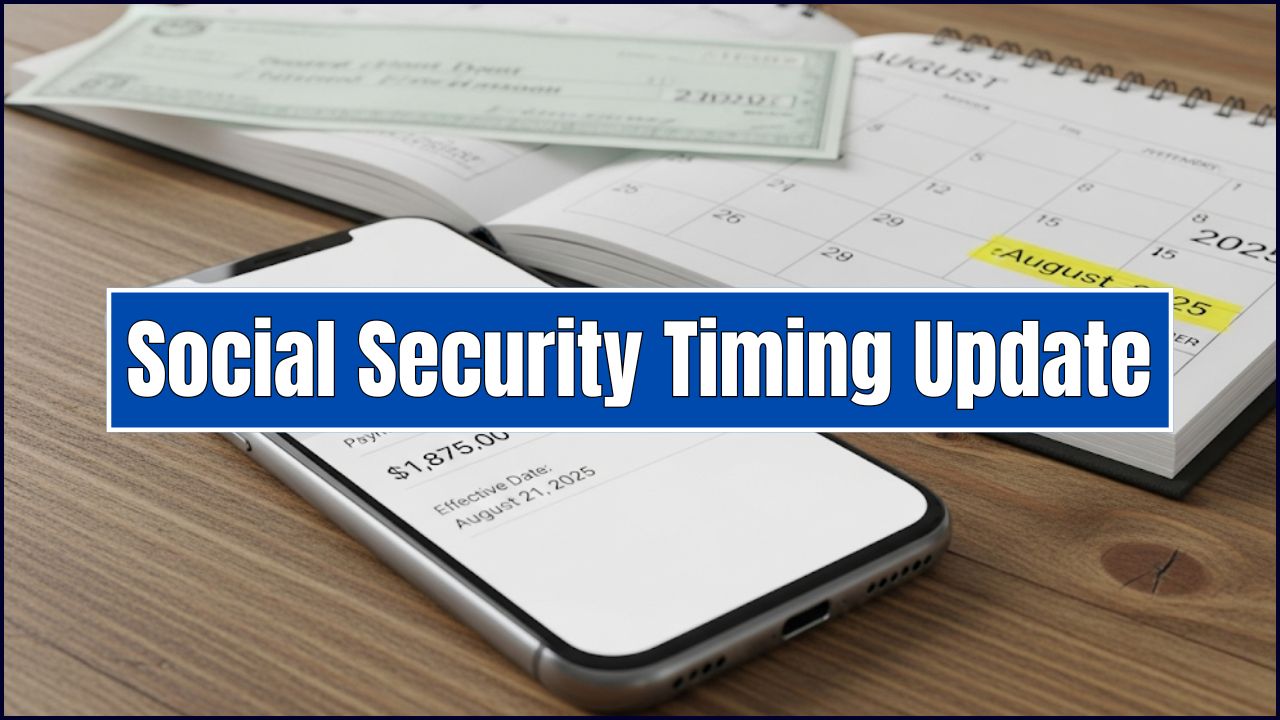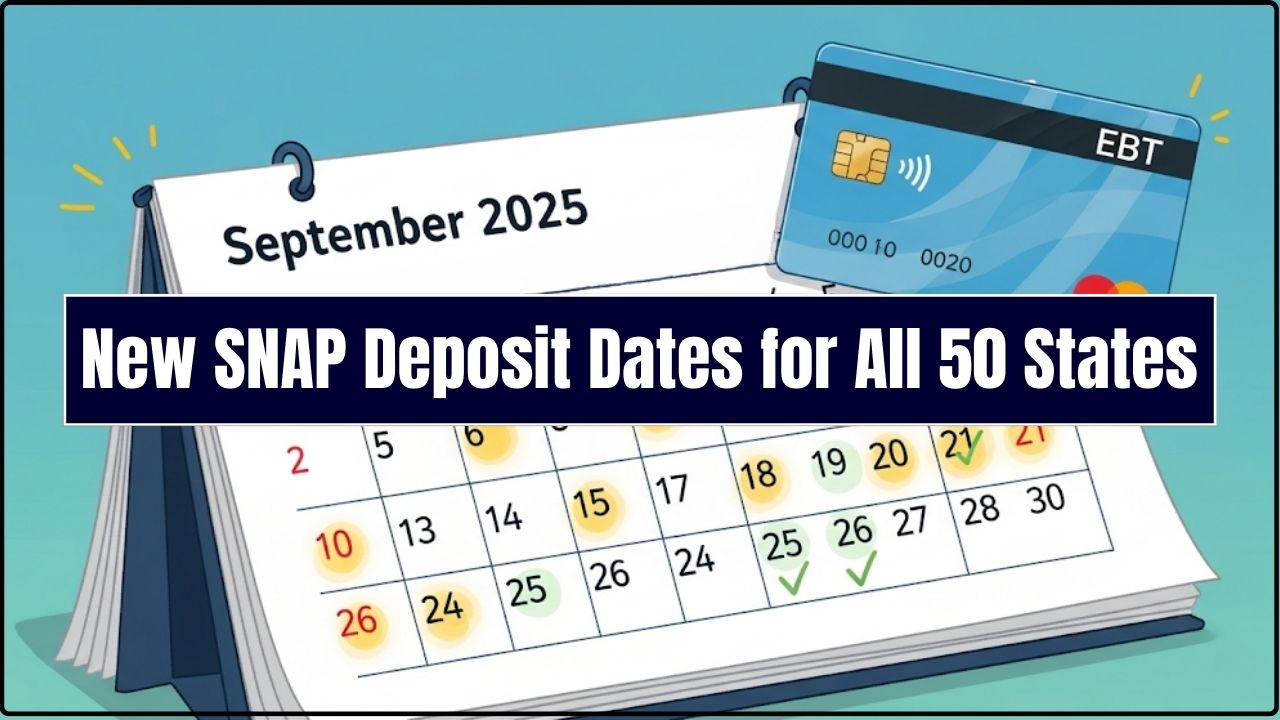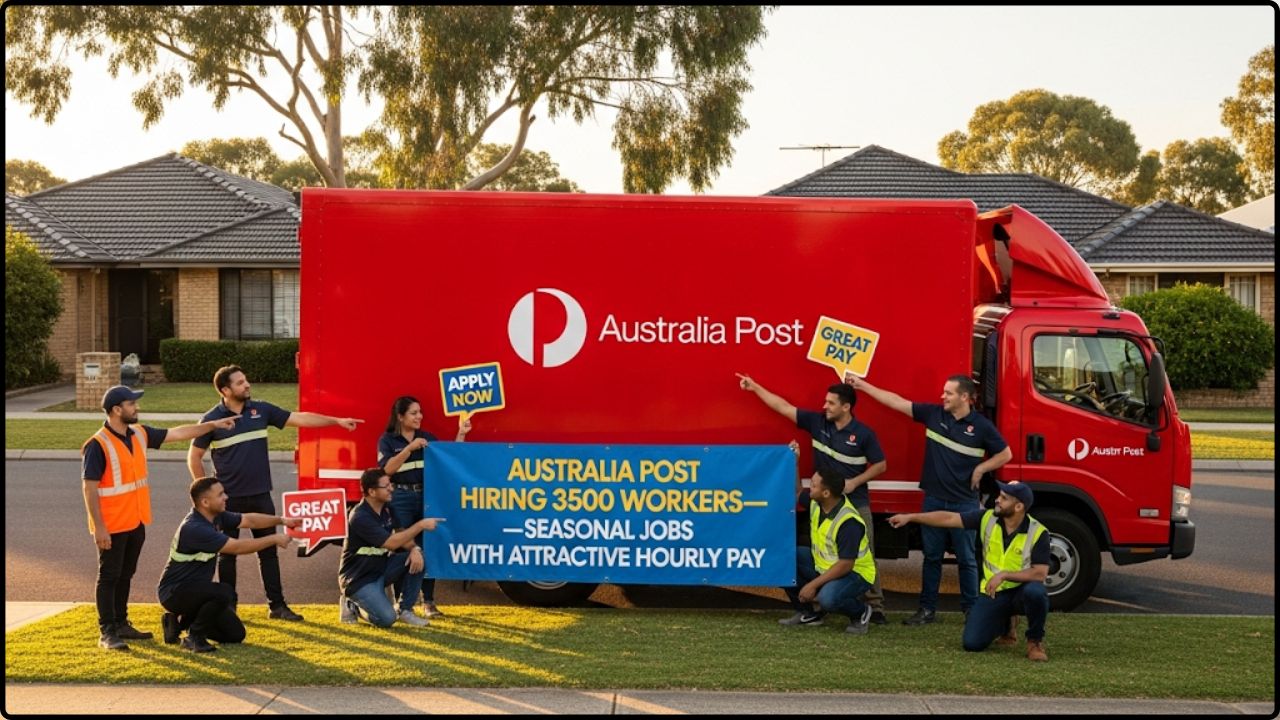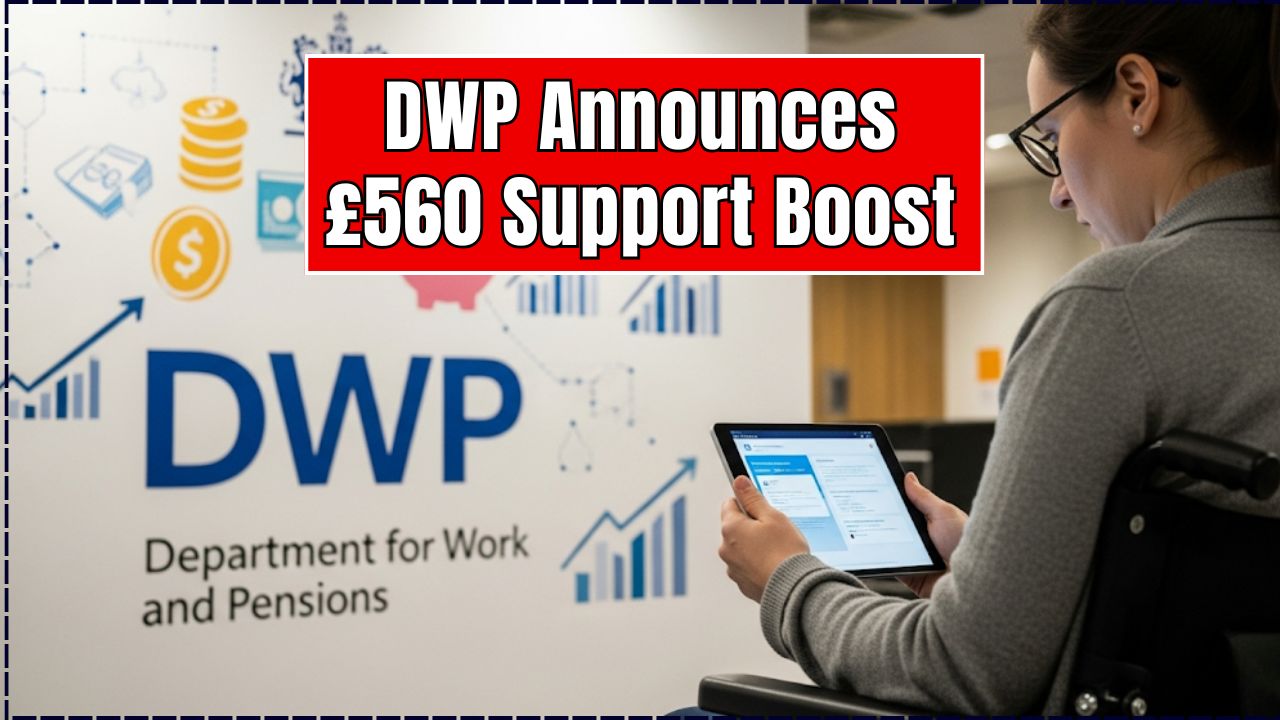When folks hear “Centrelink Boost Incoming: Over 5 Million Pensioners and JobSeekers Set to Receive More Money,” the first thought that pops up is: “Finally, some extra cash in the pocket!” And let’s be honest — with the way prices are climbing, that little bump is no small thing.
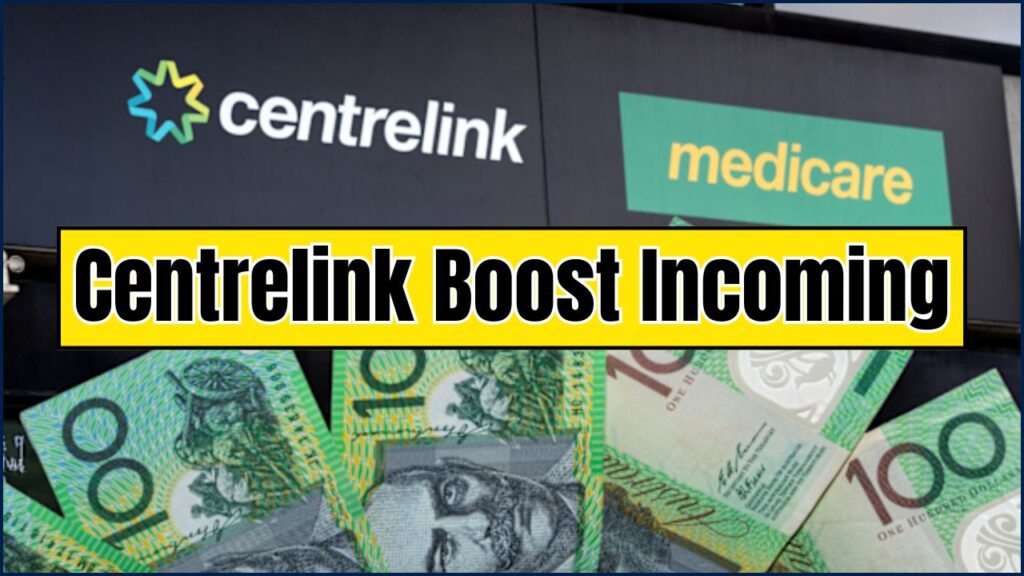
From March 20, 2025, more than five million Australians — pensioners, jobseekers, parents, carers, and those receiving rent assistance — saw an increase in their fortnightly Centrelink payments. And it doesn’t stop there. Another round of increases is rolling out on July 1, 2025, making this one of the biggest shake-ups in recent years.
Centrelink Boost Incoming
| Topic | Details |
|---|---|
| What’s happening? | Centrelink payments indexed in March 2025 (5M+ recipients) and July 2025 (2.4M recipients). |
| Who benefits? | Pensioners, JobSeekers, Parenting Payment recipients, Carers, and those receiving Commonwealth Rent Assistance. |
| How much more? | In March: Single pensioners +$4.60/fortnight, JobSeekers +$3.10/fortnight, Parents +$4/fortnight, etc. July: 2.4% boost across certain benefits. |
| Why now? | Regular indexation to keep up with rising costs of living and inflation. |
The Centrelink Boost Incoming for over 5 million pensioners and jobseekers in March 2025 — followed by a July increase for 2.4 million more — shows Australia’s safety net in action. While the dollar amounts aren’t huge, they’re lifelines for folks balancing rent, food, and everyday bills.
At the end of the day, this isn’t about windfalls. It’s about survival, dignity, and giving everyday Aussies the chance to live a little freer.
Why This Boost Matters (Especially in 2025)
Let’s be real: living costs are no joke right now. Rent is climbing like a squirrel up a gum tree, groceries feel more like buying gold bars, and don’t even get us started on utility bills.
That’s where indexation comes in. It’s a fancy word for a simple idea: adjusting payments to keep up with inflation. In plain talk, it means your benefits rise so you’re not left behind when the price of bread, milk, and gas goes up.
The Australian Bureau of Statistics (ABS) reports that inflation has been sticky — especially in essentials like housing, food, and healthcare. Without these boosts, many Aussies would be forced to cut back on meals or fall behind on bills.
Timeline of Key Updates
Here’s a simple timeline of what’s happening and what to expect with these new payments.
- August 2025: Government announces the special one-off Cost-of-Living bonus and upcoming indexation changes.
- September 2025: A special one-off $950 Cost-of-Living bonus payment is automatically deposited into the bank accounts of eligible recipients. The regular fortnightly payments are also adjusted based on indexation changes.
- March 2026: The next routine indexation of payments is scheduled to occur, which may lead to further increases based on economic conditions.
Breaking Down the Increases (March 2025)
Here’s what changed in March:
Pensioners
- Single Age Pensioner: +$4.60 per fortnight (now $1,149).
- Couples (each): +$3.50 per fortnight (about $1,732.20 combined).
JobSeekers
- Single (22+, no kids): +$3.10 per fortnight (now $789.90 including supplements).
Parents
- Parenting Payment (single): +$4 per fortnight ($1,030.30 total).
Carers & Rent Assistance
- Carers received adjusted increases.
- Commonwealth Rent Assistance climbed slightly, a crucial relief as rents hit record highs.
July 2025 Increase (2.4% Indexation)
The second adjustment arrives July 1, 2025, impacting about 2.4 million Australians.
- Family Tax Benefit A: +$5/fortnight (child under 13), higher for teens.
- Newborn Supplement: +$48 over 13 weeks.
- Paid Parental Leave income caps raised (individual: $180,007; family: $373,094).
Pensioner vs. JobSeeker: What’s the Difference?
| Feature | Age Pension | JobSeeker Payment |
| Who is it for? | People who have reached Age Pension age, generally 67 years or older. | People who are looking for work and are aged between 22 and Age Pension age. |
| Main purpose | To provide income support for retirees. | To provide financial support while a person actively looks for a job. |
| Requirements | Must meet age, residency, and means tests (income and assets). | Must meet residency rules, income/assets tests, and mutual obligations (e.g., job searches). |
How Does This Compare Globally?
Here’s where it gets interesting. In the U.S., Social Security works in a similar way with Cost of Living Adjustments (COLA). In 2024, Social Security recipients got a 3.2% raise to keep pace with inflation.
Both systems share one thing: they’re lifelines for seniors and jobseekers. But compared to U.S. rates, Australia’s JobSeeker payments are still modest. Many advocates argue we’re falling behind, especially as housing becomes less affordable.
Expert Commentary
Economist Dr. Angela Jackson told ABC News, “Indexation is critical, but these small increases don’t erase the fact that many Australians are living below the poverty line.”
Meanwhile, ACOSS (Australian Council of Social Service) argues that the JobSeeker rate — about $45/day — isn’t enough for basics like rent and food. They continue pushing for bigger reforms.
On the flip side, the Australian Government highlights that since 2022, pension payments have risen by nearly $5,000 per year — a big deal for retirees on fixed incomes.
Practical Advice: How to Make the Most of Your Boost
Alright, so what can you do with this boost? Here’s some friendly advice:
1. Check Your Eligibility
Make sure you’re getting every benefit you qualify for. Many miss out on things like Rent Assistance or Energy Supplements simply because they don’t apply.
2. Update Your Details
Changed address? New bank account? If your info’s outdated, your payment may get delayed.
3. Budget Smarter, Not Harder
Think of this boost as “relief money,” not “spending money.” Use it for groceries, bills, or debt reduction. A little discipline goes a long way.
4. Get Free Help
Did you know you can talk to a financial counsellor for free? They’ll help you stretch your payments further.
Real-Life Stories
- Janet, a 72-year-old pensioner in Melbourne: “The $4.60 doesn’t sound like much, but it covers my bus pass. That means I don’t have to choose between groceries and seeing my grandkids.”
- Aaron, a 29-year-old JobSeeker: “With the $3.10 boost, I finally kept my phone plan. Without it, I couldn’t apply for jobs online.”
These aren’t flashy wins, but they’re real ones. And for many Australians, that’s what matters.
Future Outlook: What’s Next?
Looking forward:
- September 2025 will bring the next round of indexation.
- Political parties are already gearing up for election promises around social welfare.
- If inflation cools down, boosts may slow — but if it spikes again, so will payments.
Advocacy groups will keep pushing for permanent increases, especially for JobSeeker, which they argue leaves recipients below the poverty line.
Top 3 Mistakes to Avoid
Don’t let a simple mistake cause a delay in your payment.
- Not Updating Your Details: Make sure your bank account and contact information are current on your myGov account.
- Forgetting to Report Income: If you receive a payment that requires income reporting (like JobSeeker), you must report your earnings every fortnight, even if they’re zero.
- Assuming You’re Not Eligible: Many payments have different rules, and you might qualify for a part payment even if you’re not eligible for the full amount. Always check!
A Real-Life Example
Meet Helen. She’s a 70-year-old pensioner living in regional Australia. Before this new boost, she was worried about her next electricity bill. After the Centrelink payment increase and the special one-off bonus, she’s now able to pay her bill in full and still have enough money left over to buy her prescriptions without feeling stressed. This little bit of extra money makes a big difference to her quality of life.
FAQs
1. Do I need to apply for the Centrelink boost?
No — it’s automatic. Payments adjust with indexation.
2. Who is eligible?
Pensioners, JobSeekers, Parenting Payment recipients, Carers, and Rent Assistance beneficiaries.
3. How often are payments indexed?
Twice yearly — March and September. July’s boost in 2025 is an extra adjustment.
4. Where can I calculate my new rate?
Head to the Services Australia calculator.
5. Will there be more increases?
Yes. Expect another in September 2025, depending on inflation.


